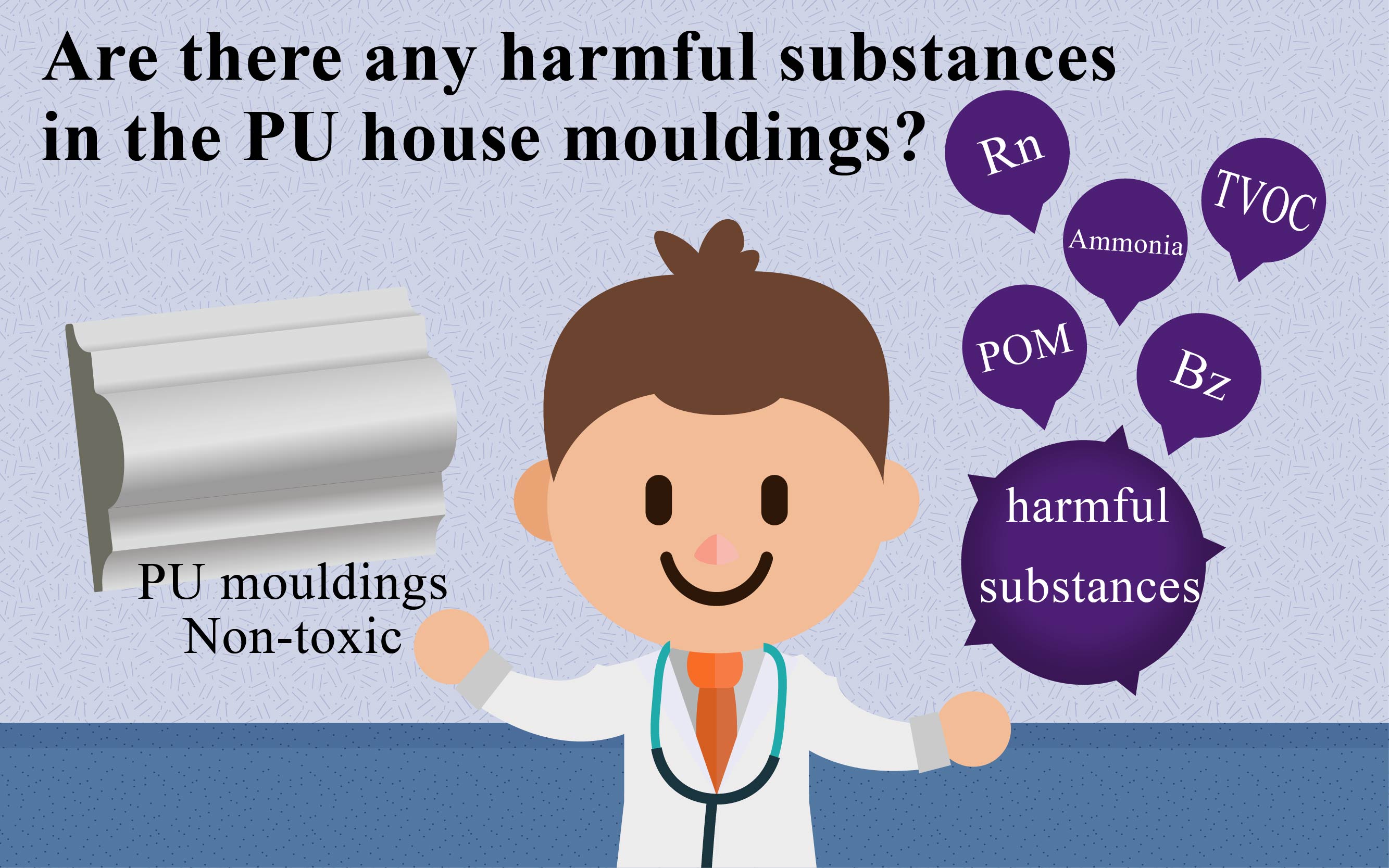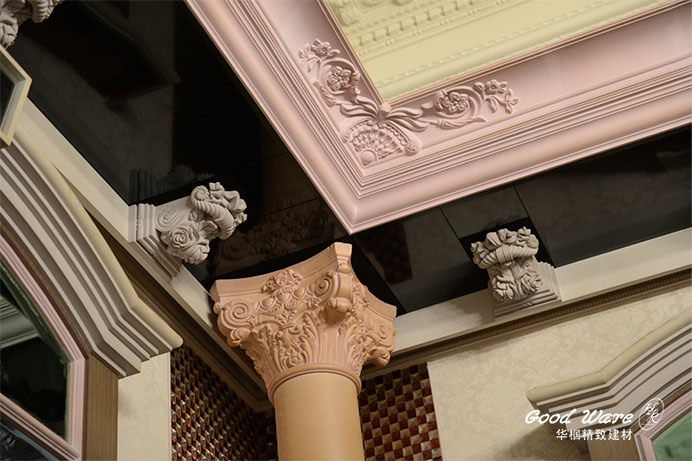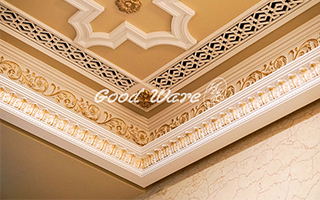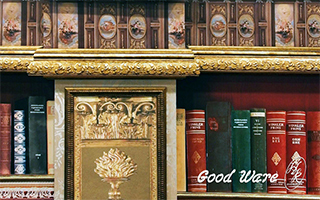Do you frequently hear someone says that plaster material becomes moldy easily? Because the ceiling and the corner of walls have water infiltrate in them, or the high humidity degree inside the house. But a change to PU material, the mold problems disappear. Are you wondering what is PU material? What is the difference between the PU material and the plaster material? Don’t worry. I will tell you what is PU material below.
What is PU material
There are many interior design materials on the market to beautify your space. For example, corner molding and crown molding. Why do we choose PU material? It is very popular because the PU material is the upgraded version of plaster material. The appearance details are very delicate and the texture is comfortable to touch. It also can do color combination on it.
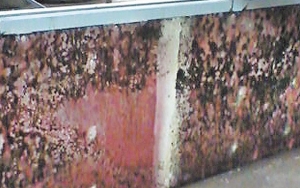 |
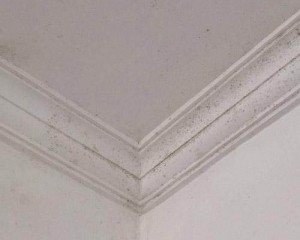 |
The ingredients of PU material
First, the ingredients of PU material is Polyurethane, the abbreviation is PU. The main chain contains the repeatable structural unit ─NHCOO─. It is a polymerization of monomer Isocyanate (known as black material) and Hydroxy compounds (known as white material). In 1937, the German scientist “Bayer” was the first person researching and developing the PU material. Because the products of PU are producing, such as foam, thermoplastic, elastomer, and synthetic leather, the PU material is developing quickly.
Second, the quality of PU material, it is insoluble in nonpolar solvents, good toughness, and good oil resistance. Different ingredients can get widely temperature range (in general, -50~-150 Celsius), also can make different products. Changing the variety and ratio of monomer can make different PU products, for example, fiber, foam, paint, and glue.
Third, the production of PU material, use Mold infusion method. Before producing a product, it should make the model of the product first, and add Iron, aluminum, and plastic resin to make the mold. There is a complicated piping system to control the temperature, press, and air of the mold. Next, mix and stir the black and white materials, and add different catalyst depending on the product. Finally, pour into the mold and wait for expansion and solidification.
 |
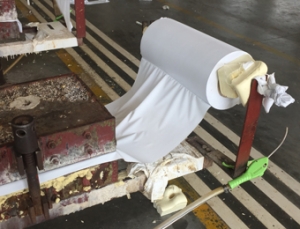 |
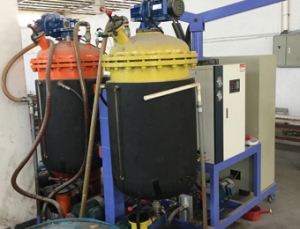 |
| Picture 01: producing the mold | Picture 02: infusing the ingredients | Picture 03: black and white materials |
 |
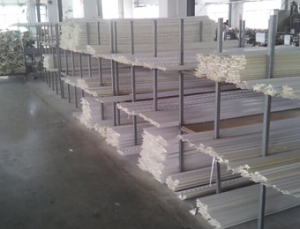 |
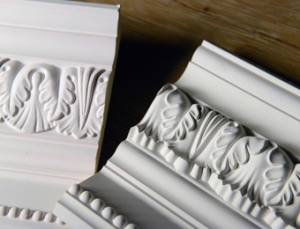 |
| Picture 04: producing the products | Picture 05: finished product-1 | Picture 06: finished product-2 |
The advantages of PU material
- The PU material isn’t broken easily, and it is lightweight, mothproof, moisture proof, mold proof, and good resistance to acid and alkali.
- It won’t become cracked or deformed by the influence of weather, it also has the long lifespan.
- The PU material is easy to construct. It can be sawed, shaved, and nailed. The PU material also has good elasticity and toughness. It can change to the different shape of the radian.
- Using PU material can save the cost of time, and the time is shorter than plaster and wood.
The weaknesses of PU material
1. The price of PU material is higher than plaster. As a result, after reading this article, you are getting to know what PU material is. The advantages are more than the weakness of PU material. If you have enough budget, you could choose PU material to decorate your space. We really recommend the PU material!
Contact info: customer.en@goodware.com.tw


